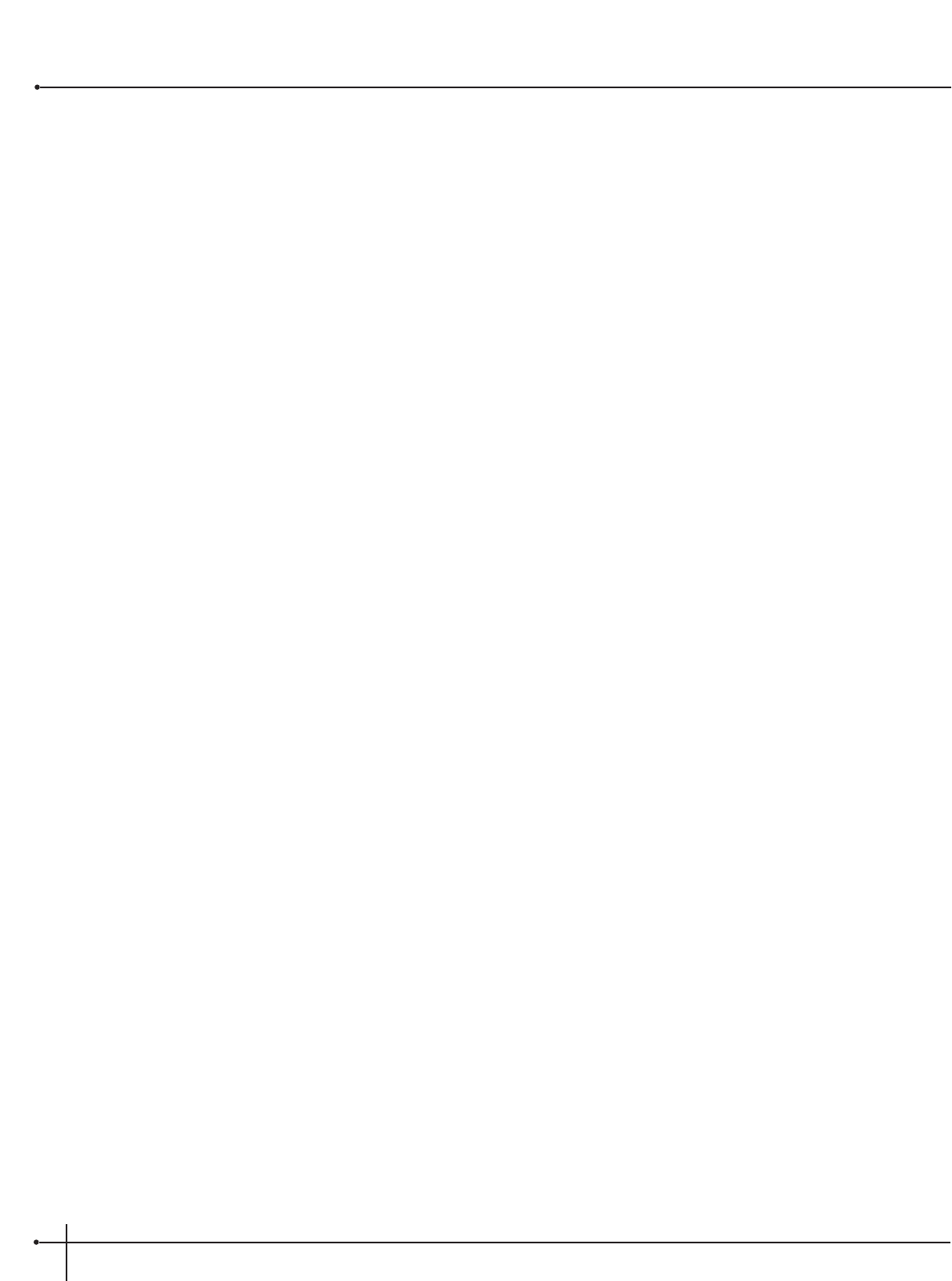
Note: The following Delay parameters that are utilized within the Reverb section are to be used in the Room Echo reverb module.
Delay A Sets the length of time before hearing Delay Group A. Ranges from 0 to 120 milliseconds.
Delay B Sets the length of time before hearing Delay Group A and Delay Group B. Ranges from 0 to 120 milliseconds.
Delay C Sets the length of time before hearing Delay Group B and Delay Group C. Ranges from 0 to 120 milliseconds.
Delay D Sets the length of time before hearing Delay Group C and Delay Group D. Ranges from 0 to 120 milliseconds.
Out A - D Controls the output level of the Delay Groups. Ranges from Off to 100%.
Bal A - D Controls the left/right balance of the Delay Groups. Ranges from -99 to 99.
Shape Selects the shape of the output levels for the delay group taps. Shape selections are: Flat, Peak, Decreasing,
Increasing, Shelf, and Reverse Shelf.
Spread Controls the width of the effect’s stereo imaging. Ranges from 1 to 10.
FB: Dly Sets the amount of time before the delay is fedback in. Ranges from 0 to 170 ms.
Amount Sets how much delay is fedback into the signal. Ranges from Off to 50%.
Out L - R Adjusts the overall level of the left/right side of the reverb. Ranges from Off to 100%.
Prim Out L Adjusts the overall level of the left side of the Primary reverb. Ranges from Off to 100%.
Prim Out R Adjusts the overall level of the right side of the Primary reverb. Ranges from Off to 100%.
Secd Out L Adjusts the overall level of left side of the Secondary reverb. Ranges from Off to 100%.
Secd Out R Adjusts the overall level of the right side of the Secondary reverb. Ranges from Off to 100%.
Choruses and Flangers
Both choruses and flangers use a Low Frequency Oscillator (LFO) to produce their rich, swirling effects. When you change the speed and depth
Parameters of modulation effects, you're actually controlling the frequency and amplitude of the LFO. These settings determine the rate and
intensity of the modulation effect.
In general, here's how a chorus works: after entering the module, the source signal is split into two paths. One is allowed to pass through
the Module unaltered, while the other is delayed and pitch modulated with an LFO. The modified sound is then sent to the output, along
with the original. In Fig. 4-1 below, a sine wave is used to modulate the pitch of the split sound source.
Section - 4 Editing Modules
Johnson Millennium
User Guide
40


















